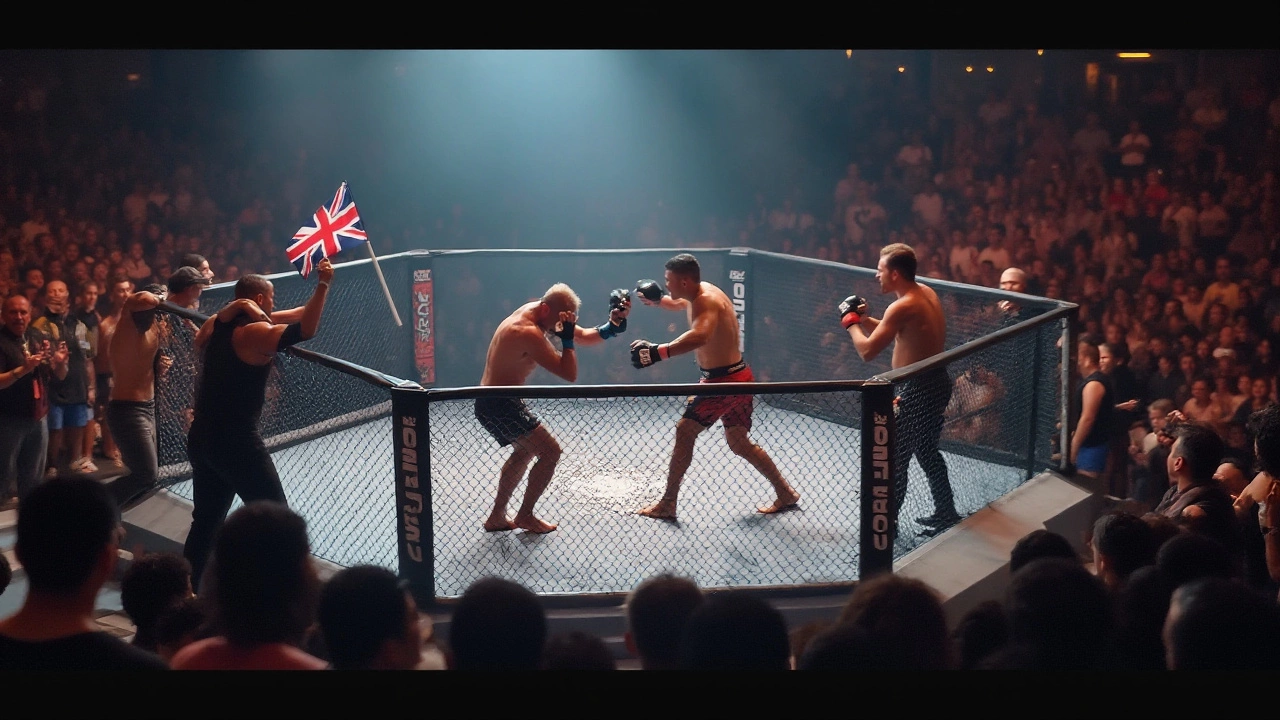UFC History – How a Bare‑Knuckle Fight Club Became a Global Sport
If you think UFC is just a TV show, think again. It started as a behind‑closed‑door experiment to see which fighting style would win in a real fight. The idea was simple: bring together wrestlers, boxers, karate masters, and anyone else who could throw a punch, and let them battle.
Back in 1993, the first UFC event took place in Denver. There were no weight classes, no gloves, and hardly any rules. Royce Gracie, a Brazilian jiu‑jitsu specialist, showed up looking small and unassuming. He ended up submitting larger opponents with chokeholds, proving that technique can beat size. That moment sparked the first wave of interest and debate.
Key Milestones That Shaped the UFC
After the early hype, the UFC faced backlash from politicians and the media. By 1996 the show was forced off most cable channels. The organization survived by tweaking rules – adding gloves, limiting fight time, and banning eye gouges. These changes helped it earn a more respectable image.
In 2001, the UFC was bought by the Fertitta brothers and their partner Dana White. They set up a modern business model: regular pay‑per‑view events, weight divisions, and a unified rule set. The “The Ultimate Fighter” TV series premiered in 2005, giving fans a backstage look at fighters training. The show’s finale episode drew over a million viewers, cementing UFC’s place in mainstream sports.
From 2010 onward, the UFC grew into a global brand. Fighters like Conor McGregor, Ronda Rousey, and Khabib Nurmagomedov became household names. The organization started hosting events in places like Dubai, Brazil, and Australia, showing that MMA isn’t just an American thing.
Why UFC History Matters Today
Knowing the UFC’s past helps you understand why the sport looks the way it does now. Early rule changes created the “unified rules of MMA” that keep fights safe yet exciting. The rise of different weight classes means athletes can compete on a level playing field, which wasn’t true in the first tournaments.
Also, the evolution of training tells a story. Early fighters kept their own specialties, but modern athletes cross‑train in striking, grappling, and conditioning. That hybrid approach is a direct result of watching early match‑ups and seeing which moves actually worked.
If you’re a fan, the history gives you context for rivalries. Remember the 2013 fight between Jon Jones and Alexander Gustafsson? It felt like a sequel to the early days when styles clashed. The same spirit that made the 1993 fight so raw still fuels today’s match‑ups.
Lastly, the business side of UFC shows how sports can grow with smart marketing. From modest pay‑per‑view numbers in the early 2000s to billions in revenue today, the brand’s story is a lesson in turning controversy into profit.
So whether you’re just starting to watch or you’ve been counting knockouts for years, the UFC’s history is full of turning points that explain why the sport feels the way it does now. It’s a mix of raw fighting, clever rule‑making, and savvy promotion – and it’s still writing new chapters every night.

Understanding UFC and Its Modern Role in Combative Sports
Maeve Larkspur Oct 1 0The Ultimate Fighting Championship, widely known as UFC, is a leading organization in the world of mixed martial arts. It has grown from a niche spectacle to a globally recognized league, combining various fighting disciplines. This article explores the origins, development, and current significance of UFC within the combat sports community, highlighting its impact and offering tips for newcomers to understand its complex dynamics.
More Detail